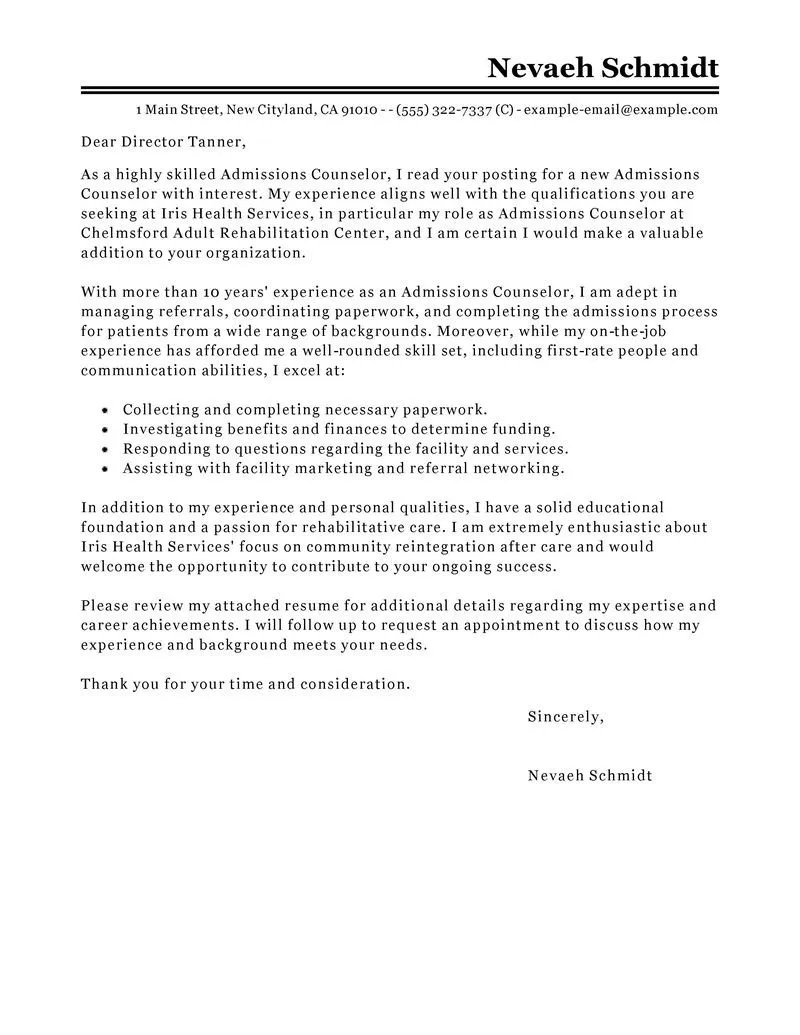What is a Recruitment Job Cover Letter
A recruitment job cover letter is a crucial document that accompanies your resume when applying for a job. Its primary purpose is to introduce you to a potential employer, highlight your qualifications, and express your interest in a specific position. Unlike a resume, which provides a summary of your experience and skills, a cover letter allows you to elaborate on why you are a good fit for the role and the company. It’s your chance to make a strong first impression and convince the recruiter that you are worth interviewing. A well-crafted cover letter demonstrates your communication skills, attention to detail, and genuine enthusiasm for the opportunity. Think of it as your personal sales pitch, designed to persuade the hiring manager to delve deeper into your qualifications by reviewing your resume and, ultimately, inviting you for an interview. The quality of your cover letter can significantly impact your chances of getting hired.
Why a Stellar Cover Letter Matters
In a competitive job market, a stellar cover letter can be the difference between landing an interview and being overlooked. Recruiters often screen applications based on the cover letter’s content, format, and overall impact. A poorly written cover letter can immediately disqualify you, regardless of your qualifications. A great cover letter, on the other hand, can capture the recruiter’s attention, showcase your unique value, and make a compelling case for why you should be hired. This is particularly important because it shows the recruiters how you think and how well you can communicate. This allows you to demonstrate your personality and passion for the role, setting you apart from other candidates. Additionally, a well-crafted cover letter shows that you’ve taken the time to understand the company and the position, demonstrating your genuine interest and commitment.
Grabbing Attention The Opening
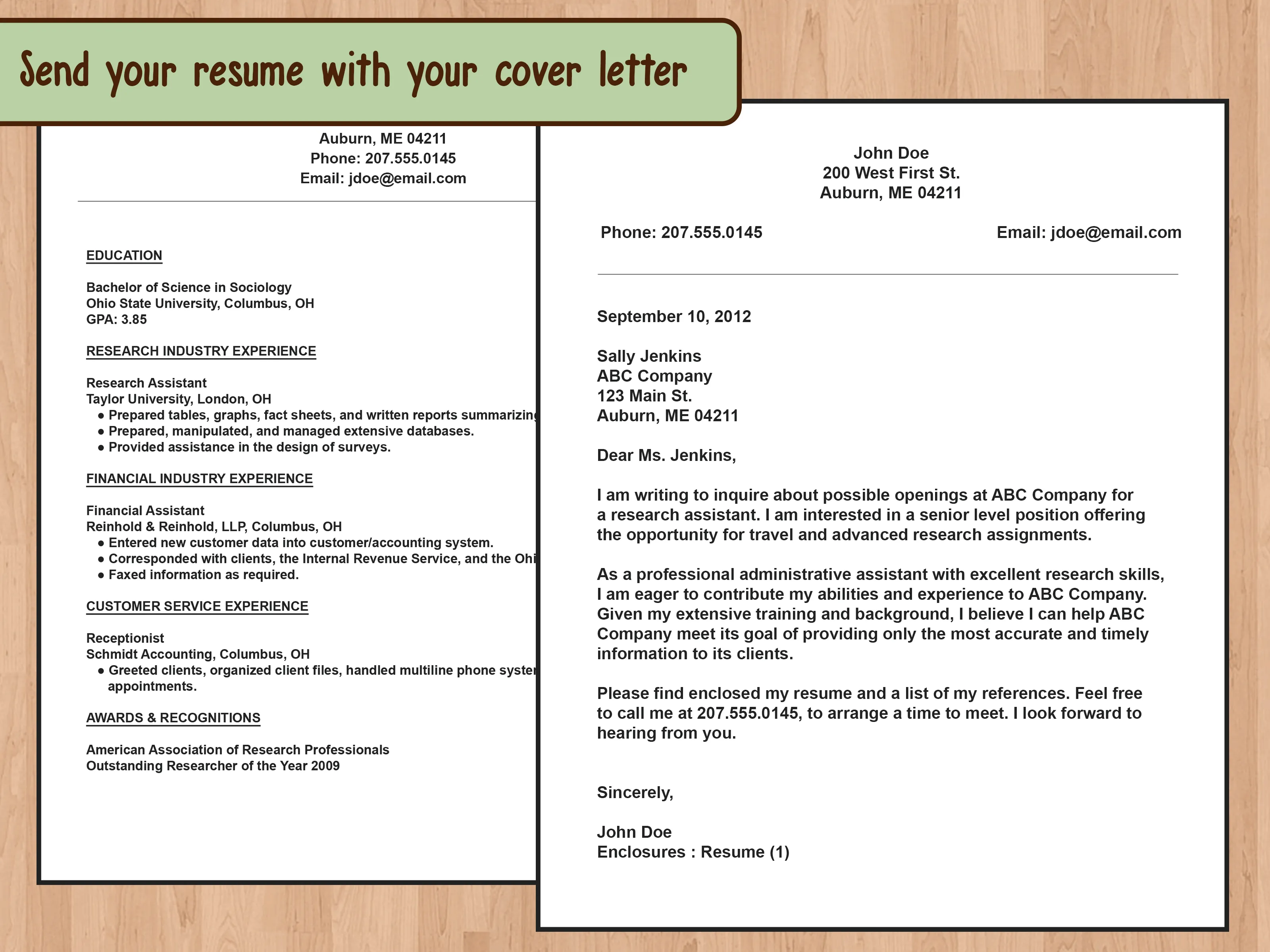
The opening paragraph of your cover letter is your first and often only chance to make a strong impression. It should immediately grab the reader’s attention and make them want to learn more about you. Avoid generic greetings like “Dear Hiring Manager.” Instead, personalize your letter by addressing the recruiter by name if possible, or use a specific job title. Start with a concise statement that clearly states the position you are applying for and where you found the job posting. In the first sentence, express your enthusiasm for the opportunity and briefly highlight something specific that attracted you to the role or the company. This could be a particular project, a company value, or a recent achievement. The goal is to create an engaging hook that piques the reader’s interest and sets the tone for the rest of the letter. An impactful opening should leave the recruiter wanting to read further.
Highlighting Your Value Proposition
This section is where you showcase what you bring to the table. Focus on your key skills, experiences, and achievements that align with the job requirements. Instead of simply listing your responsibilities, emphasize how you’ve contributed to previous employers or projects. Use action verbs to describe your accomplishments and quantify your results whenever possible. For example, instead of saying “Managed social media accounts,” write “Increased social media engagement by 30% in six months by implementing targeted content strategies.” This demonstrates your ability to deliver results and adds credibility to your claims. Tailor your value proposition to each job application, highlighting the most relevant skills and experiences for the specific role. This demonstrates that you’ve researched the company and understand their needs. This section must convince the recruiter to keep reading your cover letter.
Showcasing Relevant Skills
Identify the key skills mentioned in the job description and explain how you’ve demonstrated them in previous roles. Provide specific examples to support your claims, such as a time when you successfully managed a project, resolved a customer issue, or led a team. Use the STAR method (Situation, Task, Action, Result) to structure your examples. Briefly describe the situation, the task you were assigned, the actions you took, and the positive results you achieved. This framework provides a clear and concise way to highlight your skills and demonstrate your ability to perform the job. For example, if the job requires strong communication skills, describe a time when you successfully presented to a large audience or mediated a conflict, and how you achieved a positive outcome. This level of detail shows the recruiter that you have a genuine understanding of what it takes to succeed in the position.
Quantifying Your Achievements
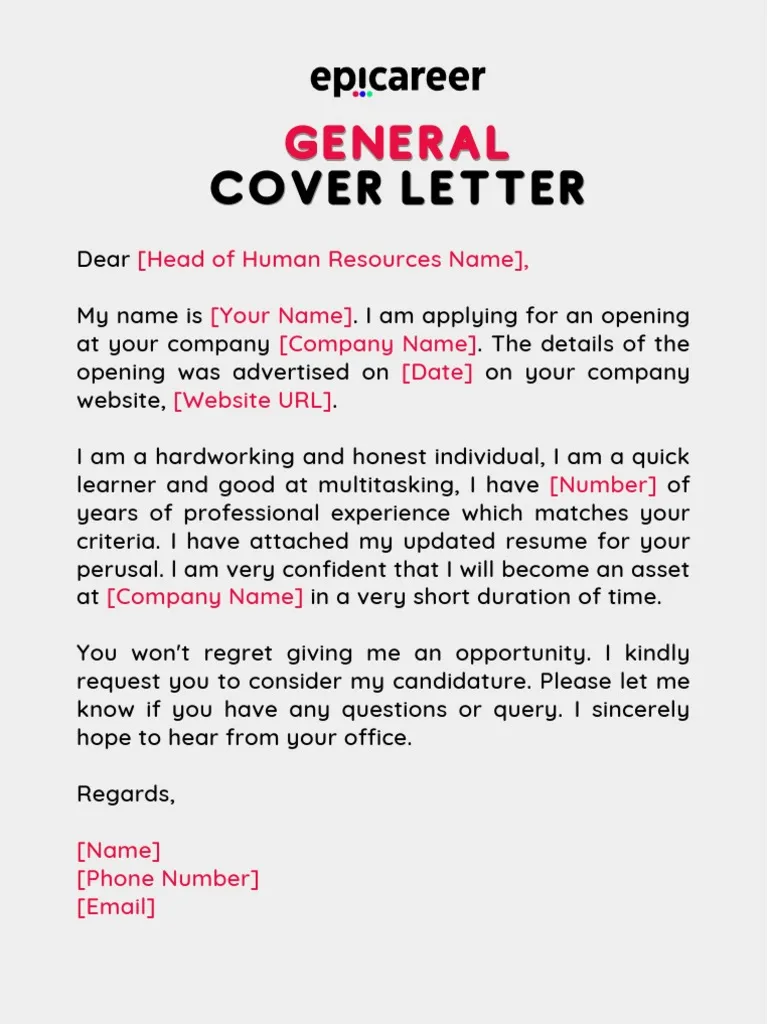
Whenever possible, quantify your achievements to make them more impactful. Use numbers and data to demonstrate the value you’ve brought to previous employers. Instead of saying “Improved sales,” state “Increased sales by 15% in one quarter.” Use percentages, dollar amounts, and other metrics to illustrate your accomplishments. If you’ve received any awards or recognition, mention them here. Highlighting specific results makes your achievements more tangible and easier for the recruiter to understand. Be truthful and accurate, but don’t be afraid to showcase your successes. Quantifiable achievements are a powerful way to demonstrate your value and distinguish yourself from other candidates. This is a key section to differentiate you from your competitors.
Aligning with the Company Culture
Research the company’s values, mission, and culture. Tailor your cover letter to demonstrate how your personality and work style align with their environment. Mention specific aspects of the company that resonate with you, such as their commitment to innovation, customer service, or employee development. You can find this information on the company’s website, social media profiles, and in job postings. Explain how your skills and experience would contribute to the company’s goals. For example, if the company values teamwork, highlight your experience collaborating with others on projects and your ability to contribute to a positive team environment. If the company emphasizes customer satisfaction, provide an example of how you’ve gone above and beyond to meet customer needs. This shows the recruiter that you’re not just interested in a job, but you’re also genuinely interested in being a part of their organization.
Formatting and Design Tips
The format and design of your cover letter are just as important as the content. A well-formatted letter is easy to read and visually appealing, while a poorly formatted letter can be difficult to understand and leave a negative impression. Choose a professional font such as Arial, Calibri, or Times New Roman and keep the font size between 10 and 12 points. Use clear and concise language, avoiding jargon or overly complex sentences. Use bullet points and headings to break up large blocks of text and make the letter more scannable. Ensure that your letter is free of grammatical errors and typos. Proofread carefully before sending it, or better yet, have someone else review it for you. The layout should be clean and uncluttered, with ample white space. Use consistent formatting throughout the document, including headings, subheadings, and bullet points. A well-designed cover letter shows that you pay attention to detail and that you are a professional. Be sure to provide plenty of spaces and make sure the layout is easy to read.
Choosing the Right Font and Layout

Select a font that is easy to read and visually appealing. Avoid using overly fancy or distracting fonts. Arial, Calibri, and Times New Roman are popular and safe choices. Make sure the font size is appropriate, typically between 10 and 12 points. A good layout includes clear margins, proper spacing between paragraphs, and the use of headings and subheadings to organize the content. Avoid using excessive bolding or underlining, as this can make the letter look cluttered. Use bullet points to list key skills, accomplishments, or other important information. Keep the letter concise, ideally one page in length. The goal is to create a document that is easy to read and navigate. A professional layout demonstrates your attention to detail and respect for the reader’s time.
Keeping it Concise and Focused
Recruiters are busy, so keep your cover letter concise and to the point. Aim for one page, unless the job description specifically requests a longer letter. Focus on the most relevant information and avoid including unnecessary details. Tailor your letter to the specific job, highlighting the skills and experiences that are most important for the role. Be selective about what you include, and ensure that every sentence has a purpose. Avoid repeating information that is already in your resume. The cover letter should add value by providing context, explaining your motivations, and demonstrating your personality. A focused and concise letter shows respect for the recruiter’s time and demonstrates your ability to communicate effectively.
Proofreading and Editing
Proofreading and editing are critical steps in the cover letter writing process. Grammatical errors, typos, and other mistakes can undermine your credibility and make you appear unprofessional. Before submitting your cover letter, carefully review it for any errors. Use a grammar checker and spell checker, but also read the letter aloud to catch any awkward phrasing or inconsistencies. Ask a friend, family member, or career advisor to proofread it for you. A fresh pair of eyes can often spot mistakes that you might miss. Ensure that your letter is well-organized, logically structured, and easy to understand. Double-check that the company name, job title, and contact information are correct. A polished cover letter reflects your attention to detail and your commitment to excellence. Before submitting your cover letter, make sure you have looked it over and over again. This is an important process.
Common Cover Letter Mistakes to Avoid
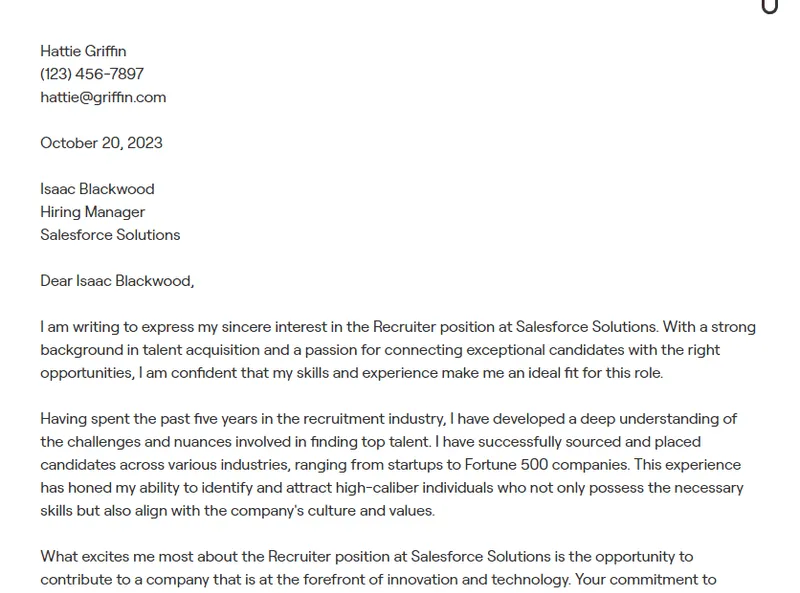
Avoiding common cover letter mistakes can significantly improve your chances of success. Many applicants make mistakes that can immediately disqualify them from consideration. A poorly written or generic cover letter can send the wrong message and prevent you from getting an interview. Recognizing and avoiding these pitfalls can help you create a more effective and compelling cover letter. Common mistakes to avoid include using the wrong tone, being too generic, and failing to tailor your letter to the specific job. By addressing these issues, you can create a cover letter that truly stands out. The objective is to create the perfect cover letter for the recruiter.
Using the Wrong Tone
The tone of your cover letter should be professional and enthusiastic. Avoid being too casual, informal, or overly familiar. Use a respectful and confident tone, while demonstrating your genuine interest in the role. Avoid using slang, jargon, or overly flowery language. Make sure to sound like you are excited about the job. The tone should reflect your personality while remaining appropriate for the workplace. Be positive and proactive, and avoid sounding negative or entitled. Tailor your tone to the specific company culture. If the company has a more relaxed culture, you can adopt a slightly more conversational tone, but always maintain professionalism. The goal is to create a tone that complements your skills and qualifications.
Being Too Generic
Generic cover letters are a major turnoff for recruiters. Avoid using a template that you send to every job. Tailor your cover letter to each specific job application, demonstrating that you’ve researched the company and understand the requirements of the position. Mention specific aspects of the job description that align with your skills and experience. Show how you can add value to the company. Generic language shows a lack of interest and a lack of effort. You want to create a cover letter that is unique and shows the recruiter that you are a perfect fit for the company. Personalize the letter by addressing the hiring manager by name (if you know it) and mentioning something specific that attracted you to the role or the company. The goal is to demonstrate your genuine interest in the opportunity and show that you’re not just sending out mass applications.
Failing to Tailor Your Letter
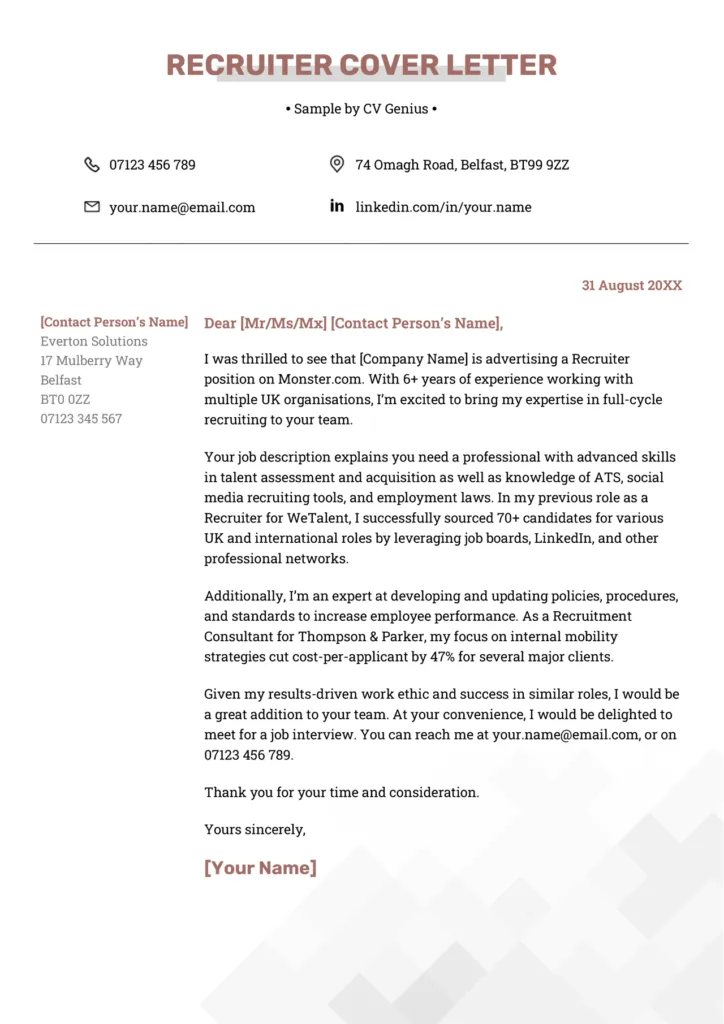
Failing to tailor your cover letter to the specific job is another common mistake. Always customize your cover letter for each position you apply for. Review the job description carefully and highlight the skills and experiences that are most relevant. Don’t just repeat the information in your resume; use the cover letter to elaborate on your qualifications and explain why you are a good fit for the role and the company. Mention specific skills and experiences that match the job requirements, and provide examples to demonstrate how you’ve applied those skills in the past. Research the company and its culture to demonstrate that you understand the values and mission. By tailoring your letter, you show the recruiter that you’re genuinely interested in the opportunity and that you have taken the time to understand the role. A tailored cover letter is far more likely to capture the recruiter’s attention and secure you an interview.
Call to Action Closing the Deal
Your cover letter should conclude with a clear call to action. Let the recruiter know what you want them to do next. Express your interest in an interview and provide your contact information. Avoid simply stating that you are interested in the position. Instead, tell the recruiter that you are eager to discuss your qualifications further and how you can contribute to the company. The call to action should be concise and confident, reinforcing your interest in the opportunity and encouraging the recruiter to take the next step. By providing a clear call to action, you make it easier for the recruiter to respond and move forward with the hiring process. This is the final step you want to take to grab the attention of the recruiter and get the job.
Thanking the Recruiter
Thank the recruiter for their time and consideration. Express your appreciation for their reviewing your application. This is a small but important gesture that demonstrates your professionalism and courtesy. Keep the thank you concise and sincere. Avoid overly effusive or generic expressions. Thank the recruiter for their attention and the opportunity to apply. This shows that you understand the importance of the recruiter’s job and that you value their time. This is a nice touch that can have a positive impact on how the recruiter thinks of you and your application. This will give you a better chance of securing the job.
Providing Contact Information
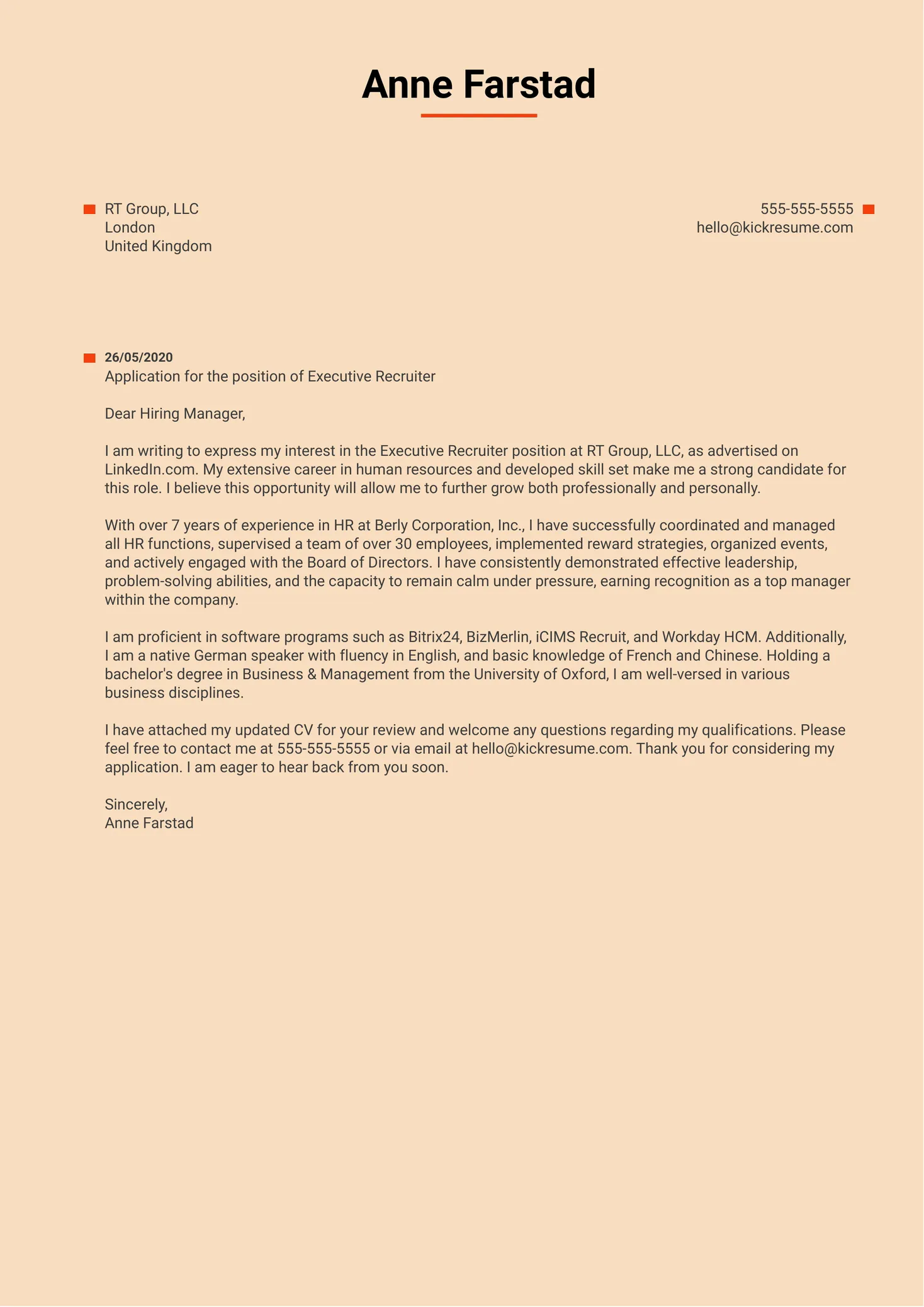
Make sure your contact information is easily accessible. Include your phone number, email address, and LinkedIn profile (if you have one). Double-check that your contact information is correct. Ensure your email address is professional and that you check your email regularly. Providing clear and accurate contact information makes it easy for the recruiter to reach you and schedule an interview. Include the best way to contact you, as well as the best time to call you. This demonstrates your eagerness to learn more about the job opportunity and your professionalism. Make sure the recruiter knows all the ways that they can reach you. Providing multiple options is always a good idea.
